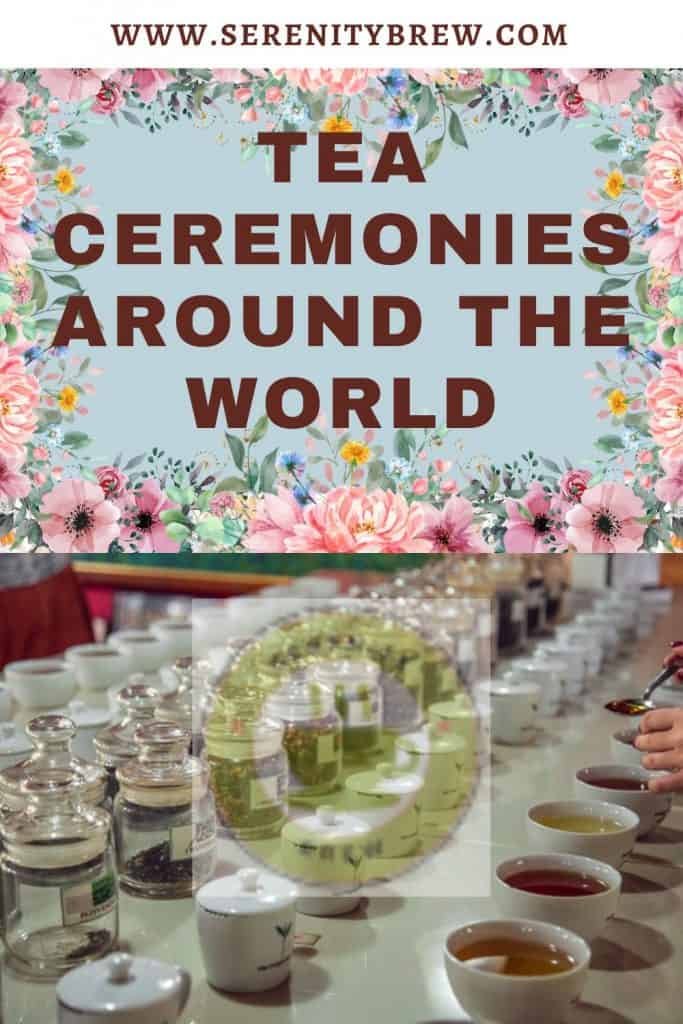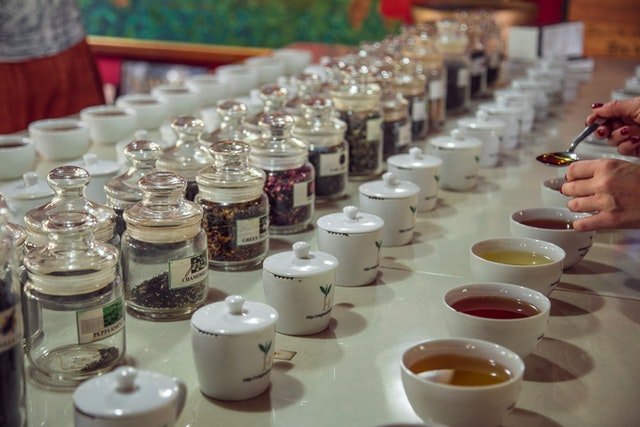
Tea is intimately linked with the culture of many Asian countries. In places like China, Japan, Korea, Vietnam and Taiwan there are complex rituals known as tea ceremonies. These occasions combine tea consumption with social and even spiritual aspects.
Attending a tea ceremony is an excellent way to get a glimpse of these ancient cultures. Join us on this journey in which we review some of them.
Gongfu cha, the Chinese tea ceremony
Gongfu cha means “skillful serving of tea” in Chinese, and although it is not as famous as the Japanese tea ceremony, it is worth discovering. It is a more relaxed ceremony than its peer although, of course, it has its protocol.
For example, at weddings, red tableware is generally used, since it is an auspicious color, but the choice of tableware is not necessarily red. The best tea that the host has will be served to entertain his guests, regardless of the variety.
To prepare the tea, a teapot is used to heat the water and a yixing zisha teapot or a lidded bowl called a gaiwan is used to serve guests, depending on the variety of tea – bowls, a tray that allows water to be discarded underneath, and a pitcher of service, so that all guests receive the same infusion.
The first step that begins the gongfu ceremony is to wash the dishes, including the teapot or gaiwan. The host can show his guests the dried strands to be served, and the tea is washed afterwards. Bowls of water are heated, then discarded, and tea is brewed. At the time of serving, it is possible to observe graceful movements, which give it great beauty.
It is interesting to point out that as many infusions are served as the leaves can withstand or until the host concludes the ceremony.
Taiwanese taiji tea ceremony
This ceremony is a variation of gongfu that was born in Taiwan, by the hand of the Mei-Hsin Tea Master, with a more spiritual background and a more harmonious construction.
In this case, tea is served to up to 5 guests, since at the service table, a total of 6 people including the host should not be exceeded. They are located from the right to the left of the host. The seating priority order is related to the “importance” of each guest according to each occasion. The criteria can be by social position, job hierarchy, virtuosity of the guest, etc. Although the third age is respected in the culture, it is taken into account in the assignment but it is not an exclusive condition.
The honoree sitting furthest to the left of the host, eventually and with prior mutual agreement, will assist him, not being a pre-established rule of the protocol.
Although the preparation and service of the tea are carried out in the same way as in the gongfu ceremony, although with circular and more choreographed movements, it is worth noting that the taiji variant is a ceremony focused on introspection and the encounter with oneself.
In this way, quiet music plays in the background and, during the first three services, silence is maintained and tea is enjoyed. Many times, people enter such a meditative state that they even continue in silence.
When you want to start the conversation, you choose topics that do not cause conflict but there is no limitation on the topics of conversation. The theme is always selected in advance and can be extended if the participants wish.
The duration of the taiji ceremony is usually up to 6 services. The ceremony is finished by washing all the utensils and returning them to their original place on the table.
The Japanese tea ceremony

Without a doubt, it is the ceremony with the most rigid and solemn structure that we will address in this article. During its realization, specific utensils are used and attention is paid to the realization of complex series of rhythmic movements. The tea consumed on these occasions is the ceremonial tea: matcha.
First, the host takes it upon himself to measure the amount of tea he will need based on the cups he will serve, and then sifts the tea until there are no lumps. Subsequently, the utensils are cleaned with a cloth to remove all traces of dust. The bowl and chasen (bamboo whisk) are then heated using hot water.
After this, it is time to prepare the tea. The host pours the tea into the bowl and pours water over it. After pouring the water, he whisks vigorously with the chasen in a zig zag pattern until there are no lumps left. Importantly, he is careful not to stain the edges of the bowl.
Once the matcha is ready, it is offered to the first guest with the decorative pattern on the bowl facing them. Then the person gives it a half turn, thanks and apologizes for drinking first, before taking the first sip.
When the first guest finishes tasting the tea, he hands the bowl to the person who serves, with the drawing facing him. The host then picks it up and cleans it with hot water and the white ceremonial cloth, before serving the second guest, who will repeat the same procedure.
Participating in a tea ceremony is a highly recommended experience that will allow you to learn about the importance of this drink and the deep ties it has with the culture of the countries where it began to be cultivated. Luckily, there are organizations that allow you to get closer to this tradition without having to travel. Do some research and you will probably find an option in your city.
